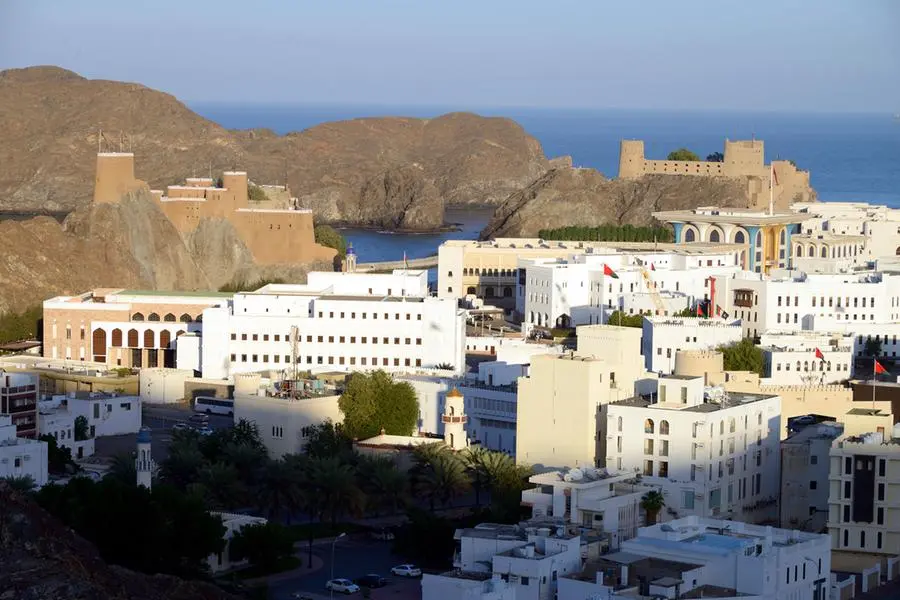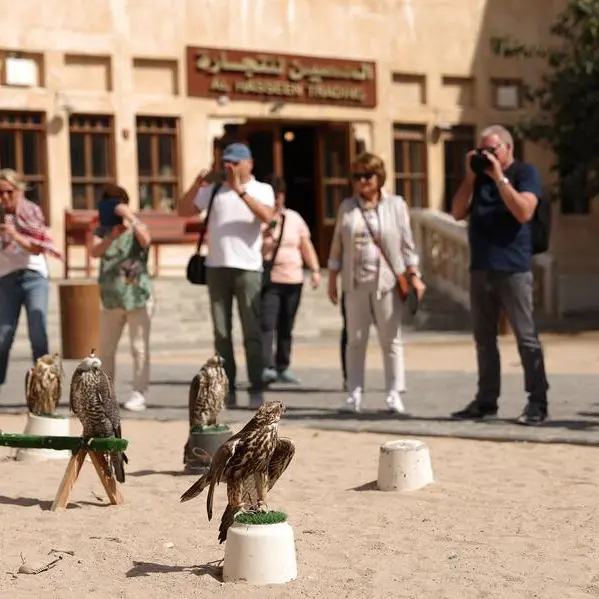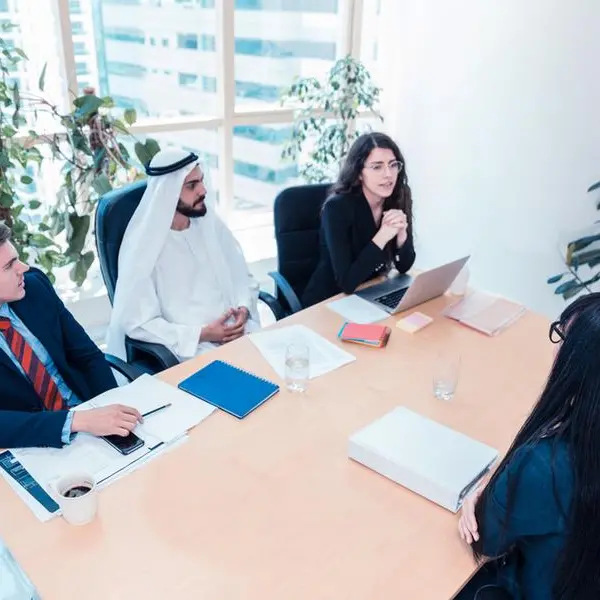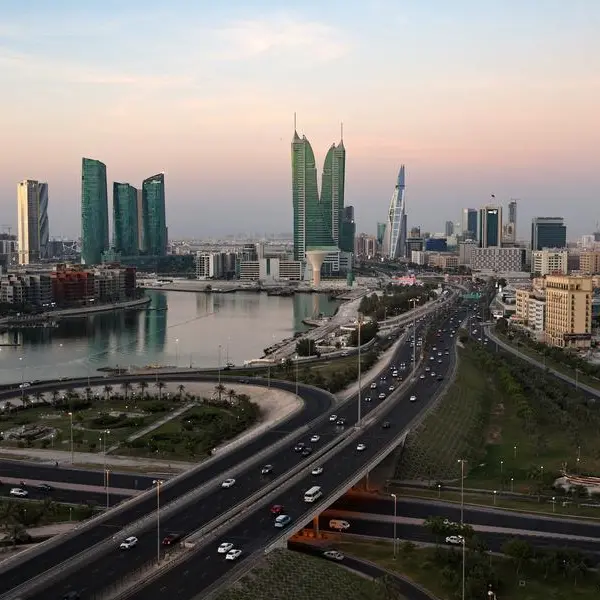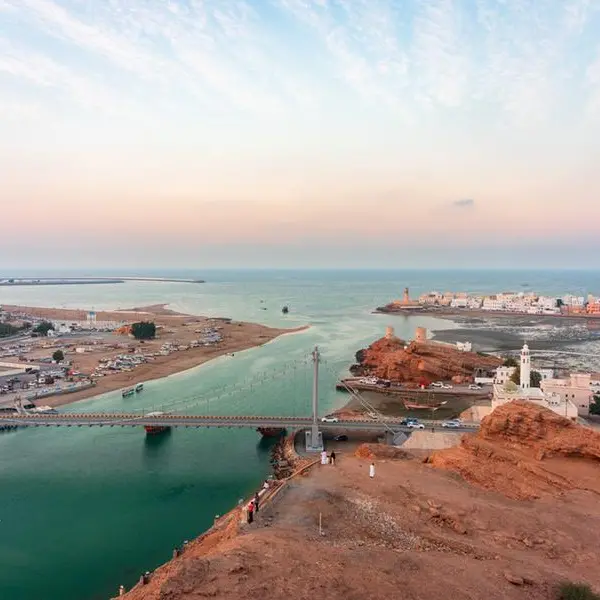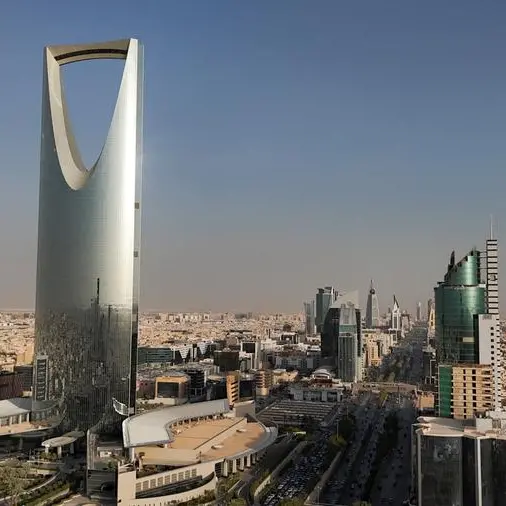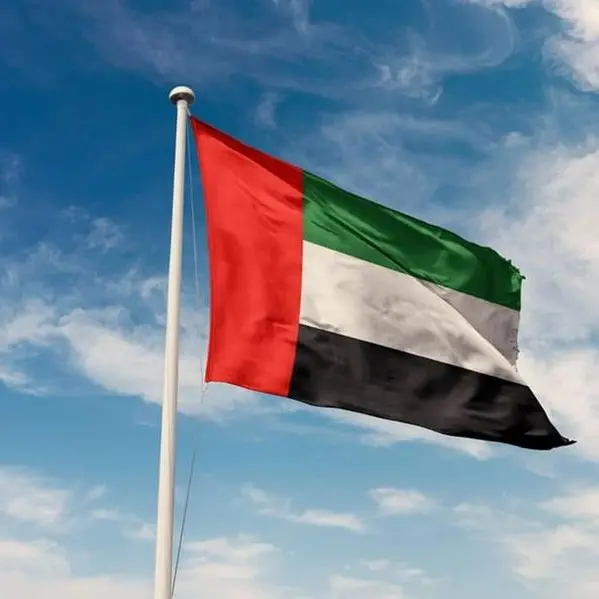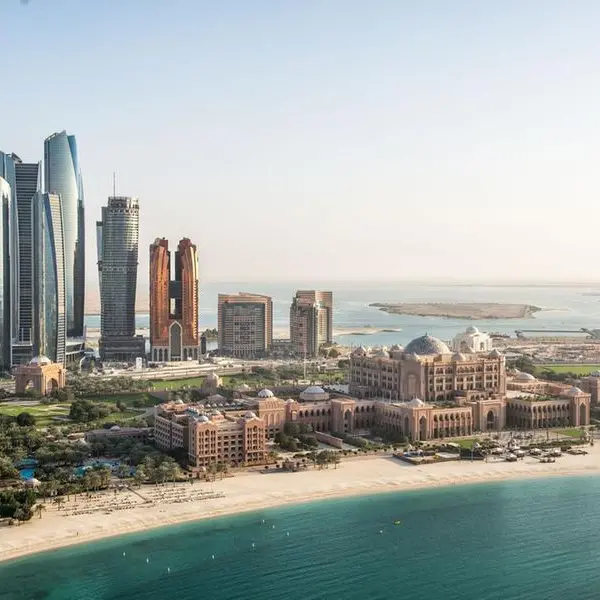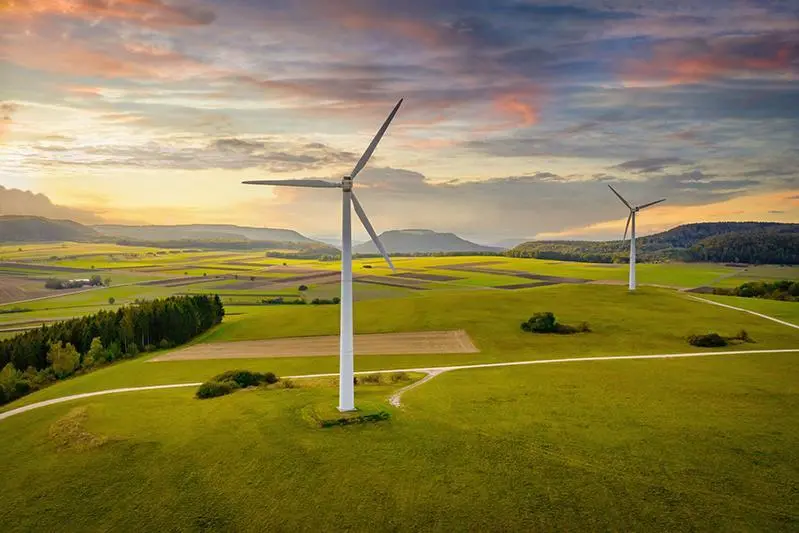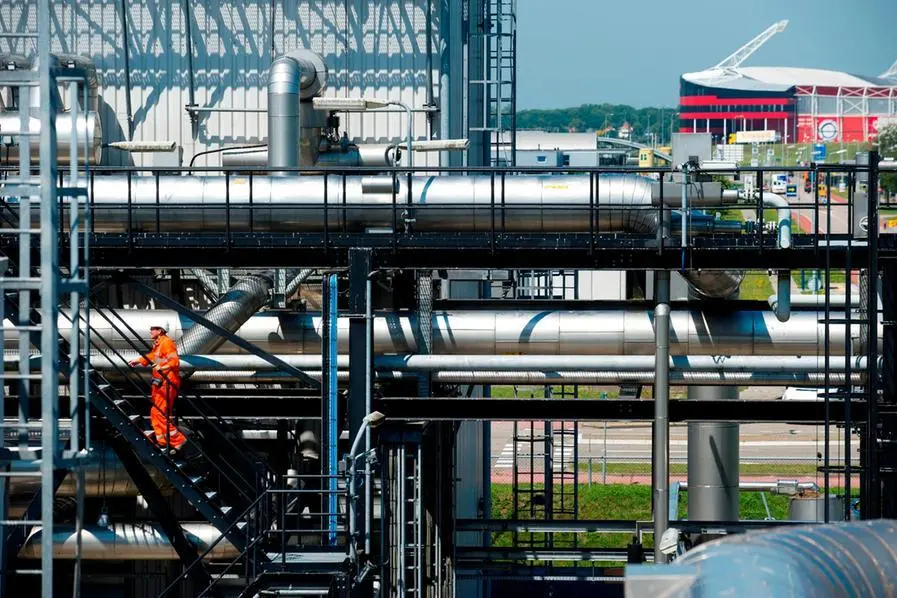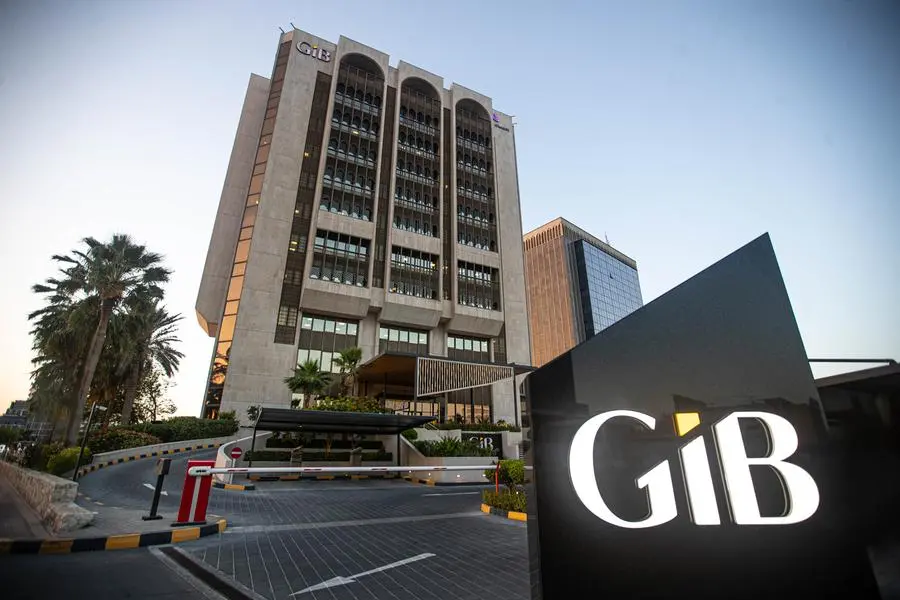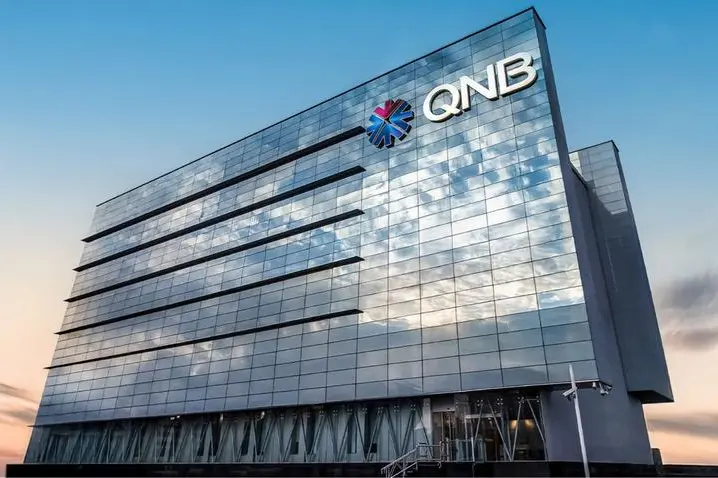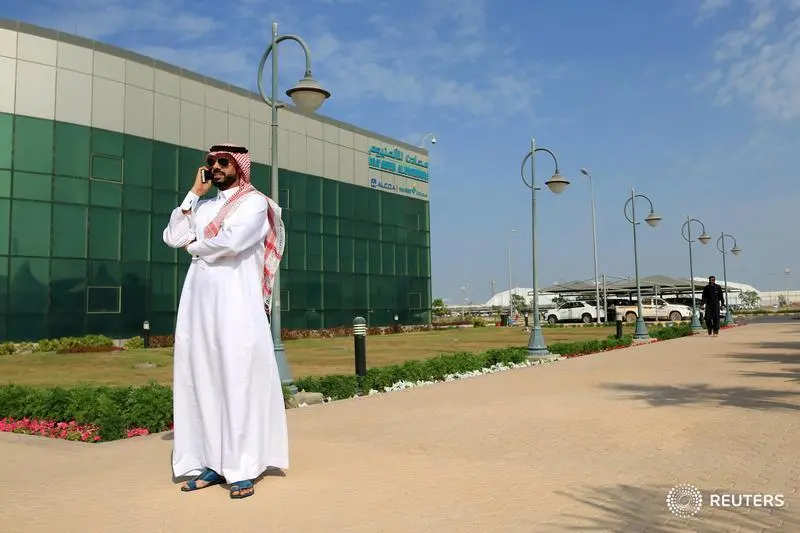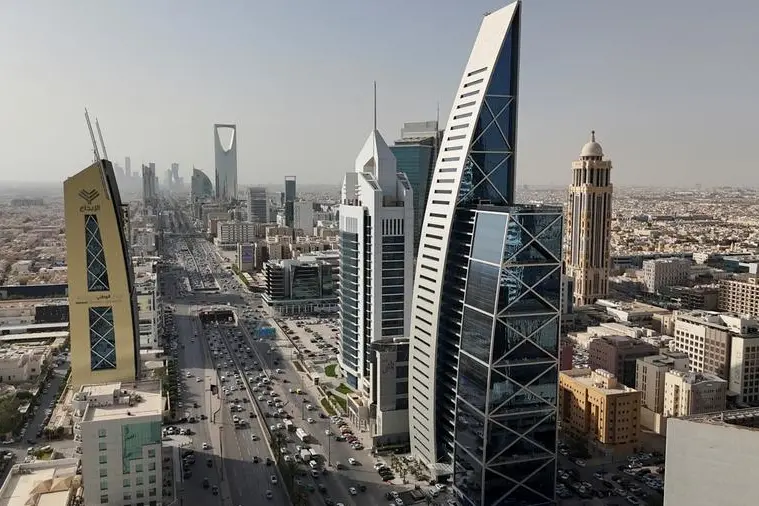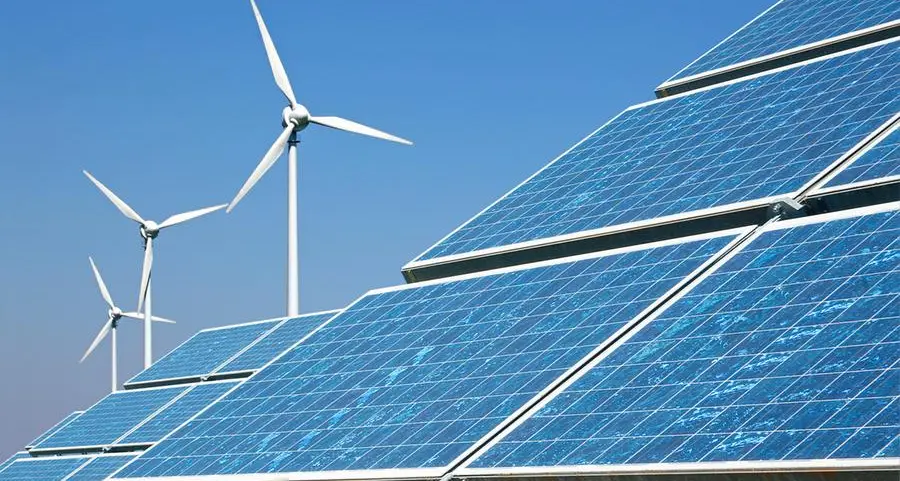PHOTO
Oman is strategically located next to the United Arab Emirates, KSA and Yemen, forming a boundary for the Sultanate of Oman along the Arabian Peninsula. Combating environmental challenges while meeting expectations from all over the globe presents a bold but necessary path towards sustainability for the Sultanate. With the Oman Vision 2040 plan, policies, projects, and milestones are being met and put into practice which highlight Oman’s commitment to fostering eco-friendly sustainable business and social policies.
Oman used to depend primarily on oil and gas for economic growth, but is now focusing towards investments in renewable resources, green urban growth, and sustainable farming, along with aggressive climate action. The investments are not limited to local business; investment are also coming from government ministries, private businesses, local communities, and foreign partners.
Sustainability is no longer an advisory agenda; it is becoming increasingly integral towards international social policy.
VISION 2040: ROADMAP TO SUSTAINABILITY
The strategic framework that serves Oman as the national agenda backbone is called Vision 2040, which aims to shift focus to sustaining all sectors while still maintaining economic growth. The document will be used to align what is being documented and worked on to meet the United Nations sustainable development goals.
In concert with the Environment Authority, the Ministry of Energy and Minerals and the Ministry of Agriculture, Fisheries and Water Resources are working to make Oman a benchmark in sustainable living. The country is undertaking the construction of green cities, eco-tourism zones, reforms for efficient waste management, and other vision integrated undertakings that encompass the nurturing of environmental issues alongside governance and economic development planning.
The key issues under Vision 2040 are to: Strengthen renewable energy to lessen oil dependency; Encourage sustainable cities and infrastructure; Safeguard Oman’s diverse living resources; and Sustainably secure food and water resources for Oman’s future generations.
THE SHIFT TO GREEN ENERGY
Oman possesses limitless vast deserts and receives abundant sunlight needed for solar energy. With the recent application towards the years, Oman is now significant player in the race for renewable energy resources in the Middle East.
Initiated in 2021, the Ibri II Solar Project capsulizes the long term vision by generating a currency equivalent of 500 megawatts of electricity. This is effectively clean energy for over 50,000 houses. On the other hand, the Dhofar Wind Farm supported by Masdar is providing 50 MW of wind energy in the southern governorate aggregately powering thousands of homes and reducing carbon emissions.
More importantly, Oman is investing significantly into green hydrogen, which many consider as the fuel of the future. Multiple hydrogen projects are in the works in Duqm and Salalah, enabling Oman to become a global exporter of clean fuels.
OVERCOME WATER SCARCITY
Being one of the most arid countries in the world, water availability is a critical life-and-death issue for Oman. Oman is reinventing the management of its water resources through its modern engineering and age-old strategies.
The aflaj irrigation system is centuries old and directs groundwater to farms and villages through gravity-fed tunnels. UNESCO recognizes these systems as essential for rural populations and embodies sustainable development at its best.
Further positive developments by the government include desalination facilities in Barka, Suhar, and Duqm which transform seawater into potable water. Combined with wastewater treatment systems, which allow greywater to be reused for irrigation and beautification landscaping, ensures a reliable supply of clean water.
Under the 2040 vision, the government intends to enhance the efficiency of waters used in the various programmes, protect groundwater aquifers, and improve the public’s understanding of conservation.
Oman’s rich southern coastline offers pristine natural beauty that is often overlooked. An example of its richness is the Oman’s biodiversity, which includes the Arabian leopard, green turtles, and the Arabian oryx.
In a proactive move to conserve the biodiversity further, the government has established over 20 protected natural reserves, eco-tourism locations like Ras Al Jinz, Al Wusta Wildlife Sanctuary, and Dimaniyat Islands.
As Oman’s Environment Authority highlights, “We ought to defend the environment and give it as heritage to our children.” She further emphasizes, “It is a bisect between people, animals, and nature.”
Those which include active over-seas species monitoring, restriction measures for fish catching, and ecological reconstruction of mangroves and corals are Oman’s biodiversity strategies in focus.
OMAN’S AGRICULTURAL STRATEGIES
The agriculture sector needs to be addressed immediately, not for its contribution to the Omani GDP but to further sustain food and social security. With the discussed water shortages, the government aims towards promoting sustainable agriculture practices.
These comprise: The use of hydroponics and greenhouse farming techniques that are water efficient and improve yield; Certification on organic farming guaranteeing production on organic foods; Programmes on conserving soil and growing crops that can withstand draught; and Enhanced aquaculture farms to mitigate the overexploitation of fisheries.
Farmers receive subsidies, trainings, and other forms of aid with technologies that promote sustainable farming. In the meantime, urban farming is becoming more common in Muscat and Salalah, improving the availability of fresh goods to the consumers.
GREEN CITIES
Oman is undergoing rapid urban development. New cities are being constructed incorporating sustainable features, smart facilities, green buildings, and efficient energy and transportation systems.
The flagship development of Muscat smart city is Madinat Al Irfan. It is expected to become the foremost model of urban low-carbon living, having renewable energy, green buildings, energy-efficient neighborhoods, walkable cities, and waste-to-energy technologies.
Omani cities are also focusing on developing: Additions to the electric vehicle charging network; Recycling centers and composting stations; Expanded public green spaces; and Intelligent street lighting that increases energy efficiency. With sustainable trends adopted worldwide, Oman furthers aims towards providing sustainable and healthier resilient living environments.
ADDRESSING THE CLIMATE CRISIS
In Oman, the rising temperatures along with the frequent sea level rise and cyclones is a growing concern. The country is realizing that adapting to the change of climate is just as essential as slowing it down.
Oman completed participation in the Paris Agreement and has set emission reduction goals along with the NDCs. They have promised to reduce emissions by improving energy efficiency, expanding the use of renewables, and increase green industries.
The National Strategy for Climate Change aims progression towards: Coast line protection measures, Infrastructure resilience climate change adaptation, Early warning systems for extreme weather, and Public education campaigns.
The dangers of Cyclone Shaheen 2021 have greatly intensified the danger the climate poses. Oman has increased the funding directed towards climate change adaptation strategies and collaborates with global agencies.
EDUCATION AND INNOVATION
It all begins and Oman alongside other countries are making significant reforms within there curriculums aiming at including sustainable practices and honouring environmental education.
Renowned institutions like Sultan Qaboos University (SQU) along with the University of Technology and Applied Sciences (UTAS) are highly sought after for their problem-based and proven research degree programmes focused on renewable energy, desert agriculture, water conservation, and climate science;
The government is also nurturing innovation through: Eco-entrepreneurship business greenhouses, Sustainability model competitions, and Forums and training workshops for youth. By nurturing the younger generation, Oman is making sure that sustainability is a habit ingrained in culture.
PRIVATE SECTOR SUPPORT
From oil corporations to small and medium-sized enterprises (SMEs), businesses in Oman are markedly adopting corporate sustainability. A number of them are integrating the Environmental, Social, and Governance (ESG) metrics into their business frameworks.
For instance, Petroleum Development Oman (PDO) has been pioneering the reduction of gas flaring and has solar initiatives at their sites. Omantel has introduced EcoData centers, and banks have started green financing.
Insofar as the CSR initiatives are concerned, these include: Coastal clean and afforestation campaigns, Integrated rural development, Instruction and training in environmental science, and Public-private collaboration has been vital in expanding the scope for local community engagement and sustainable interventions.
THE ROAD AHEAD
Sustainability in Oman is not without challenges—economic transitions, climate threats, and resource limitations must be carefully managed. But the progress made so far is commendable.
From green energy projects to water-saving technologies, and from nature conservation to climate action, Oman is laying the foundation for a resilient, inclusive, and sustainable society.
As the Sultanate moves toward 2040, its commitment to sustainability will shape its global image, empower its youth, and protect its natural wealth. More importantly, it will ensure that future generations inherit a country that is not only prosperous, but also green and just.
2022 © All right reserved for Oman Establishment for Press, Publication and Advertising (OEPPA) Provided by SyndiGate Media Inc. (Syndigate.info).
